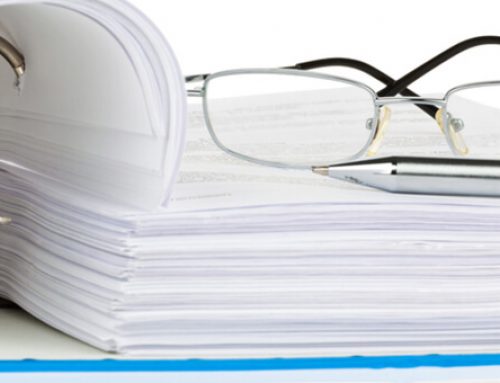Moving to a new house can be a daunting prospect, especially if you’re moving somewhere that’s an improvement over your current residence. There’s so much to think about, and the moving process itself is only part of the overall potential headache that is climbing the property ladder. First and foremost on your mind should be “how am I going to finance my new home?”. The answer is a home loan!
Luckily, there are a number of options available to you in terms of financing a new home, especially if you’re the owner of your current one. First, and perhaps most obviously, if you have savings squirreled away or a large cache of money that’s waiting for you to claim it, then now’s the time to use it. Savings are all well and good, and that rainy day is never far away, but hey – if the rainy day does finally come, then it’s nice to have a house in which to weather it, right?

How To Finance A New Home | Home Loan | LegalRaasta
If you don’t have access to that kind of money right off the bat, then you could consider getting a second mortgage loan on your current property. A second mortgage loan is as it sounds: another mortgage on a property which is currently mortgaged, or which you currently own. Second mortgages can only be taken out by a homeowner, they’re based largely on the homeowner’s equity in the house, and you’ll have to pass an affordability check before you can take one out.
If all of these boxes are checked, though, then you can (depending on the provider and nature of the second mortgage loan) theoretically borrow up to the equity on your house. Unlike your first mortgage, the second mortgage is yours to do with as you please; although a first mortgage must go towards paying off the property, the second one is simply cash for you to spend as you like.
Unlike remortgages, this is why many people tend to put second mortgages towards renovation projects or home improvements; that money is yours, so why not spend it overhauling your house so it more closely resembles your dream home? A second mortgage can also be a great way to finance a new home, though; if your equity is high enough, then you can use the second mortgage loan as a deposit on the new place, or perhaps even to pay it outright depending on where you’re moving from and to.
There are drawbacks to a second mortgage – as explained by DebtSteps. You shouldn’t take one out if you’re struggling to make payments on your first mortgage, as whichever firm you use will still expect you to make repayments; the second mortgage will still be secured against your first property, so if you can’t make repayments then you’re in danger of having your home repossessed. In addition, your second mortgage will move with you to any subsequent properties, so it’s another loan to think about should you want to repeat the process in future.
With that said, paying for a new property with the equity from your original one is a surprisingly easy and straightforward process, and it could be the step up you need to finally make that move towards your perfect pictured paradise.






